10 best selling video game consoles of all time
PlayStation, Wii, Xbox 360, Game Boy Advance and more make the cut. But which console sold the most?
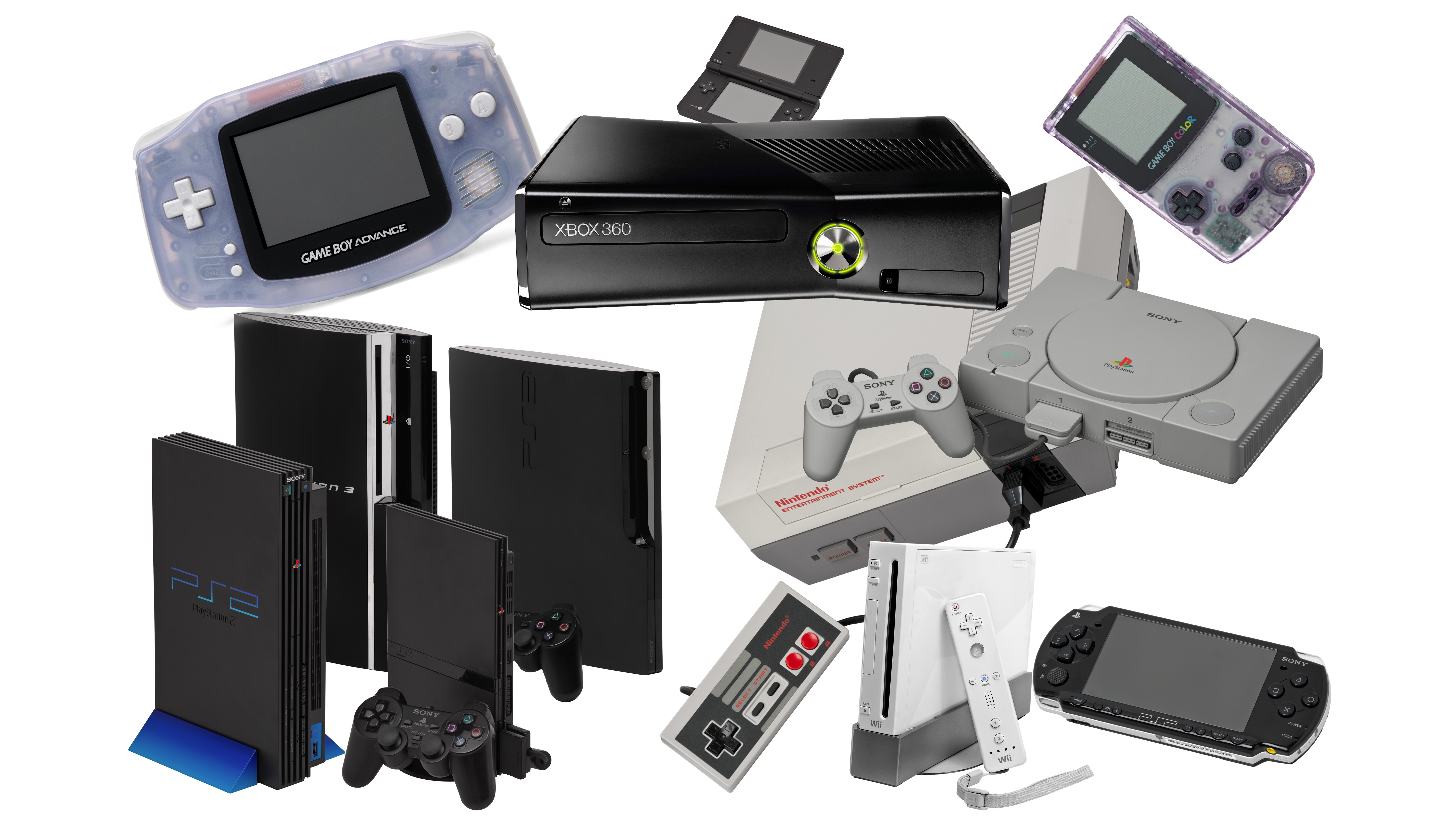

Introduction
As we all know, Microsoft and Sony are currently in the heat of battle. Will the PS4 or the Xbox One win this generation of the console war? At the time of writing, the PS4 has sold roughly 40m units, compared to around 10m Xbox Ones - suggesting that things are a little bit one-sided.
But is 40m PS4s impressive? How does that compare to other consoles from history? Will the PS4 be remembered by history? To find out, here's a run-down of the best selling consoles of all time.
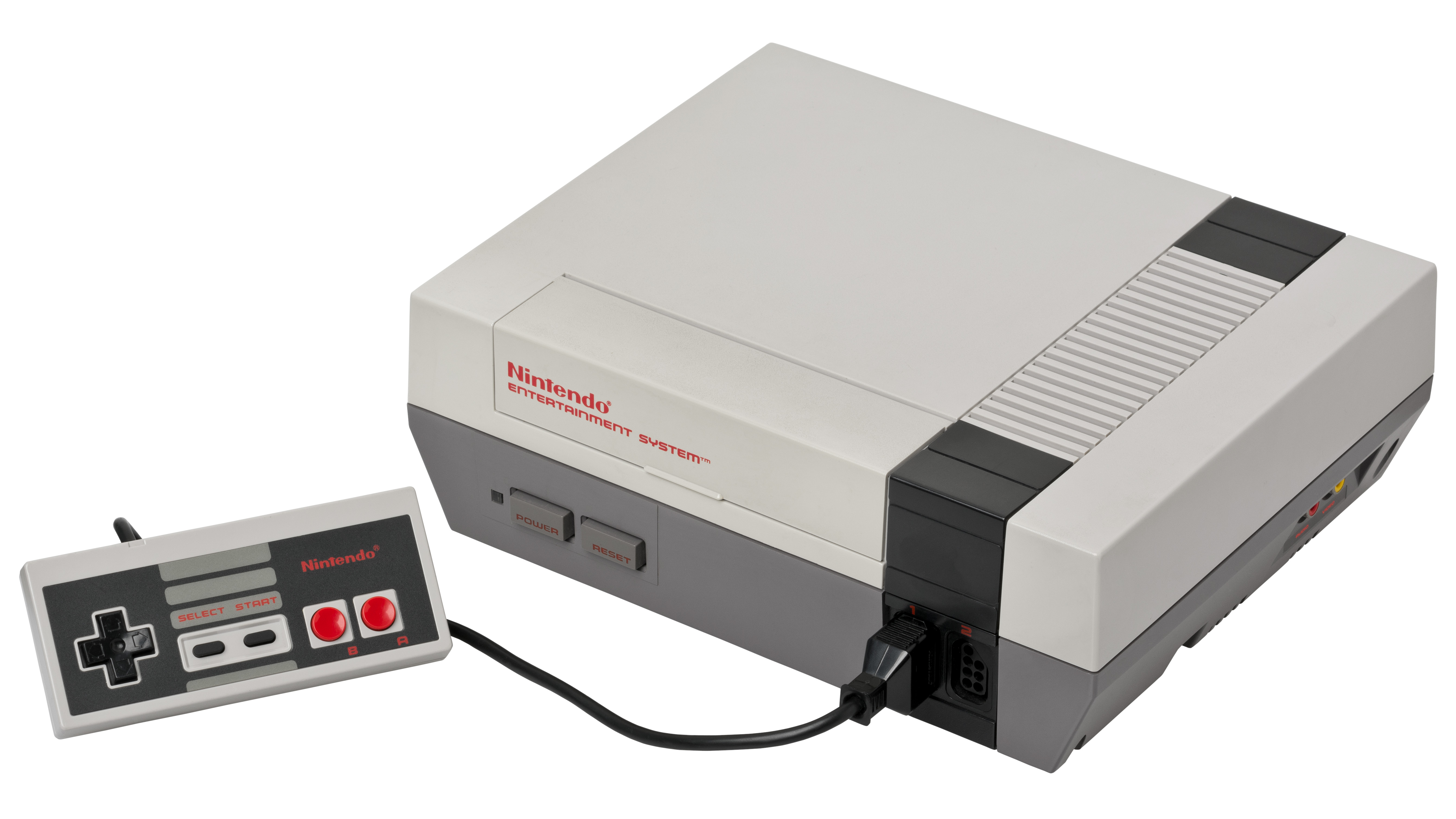
Nintendo Entertainment System
Released: 1983
Sold: 61m
At number 10 is the original Nintendo Entertainment System. Over its entire lifetime it sold 61m units - so Sony is already two thirds of the way there if it wants to beat it with the PS4. But the allure of the NES should not be underestimated.
Though the console looks quaint by 21st century standard, it was the first real worldwide success for a home console. It introduced to the world a chap called Mario - which in turn basically invented the entire genre of platform gaming.
Many other gaming staples got their first outing on the NES too - including the Legend of Zelda, Final Fantasy and Castlevania.
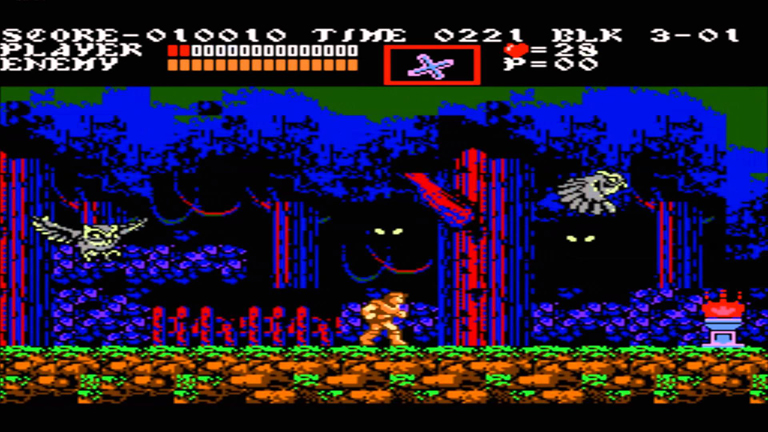
In Japan, the NES was known as the Famicom - the “Family Computer”. This might seem an odd name as we tend to associate consoles with gaming fun rather than the serious business of computing but believe it or not, the NES could not only access the internet but it could also be used to view stock trade information and weather forecasts. Seriously.
All you needed was the Family Computer Network System - an accessory that plugged on top of the console like a face-hugger, which would connect your console up to the rest of the world, almost a decade before the World Wide Web was conceived of. There was even proto-Downloadable Content available using the system.
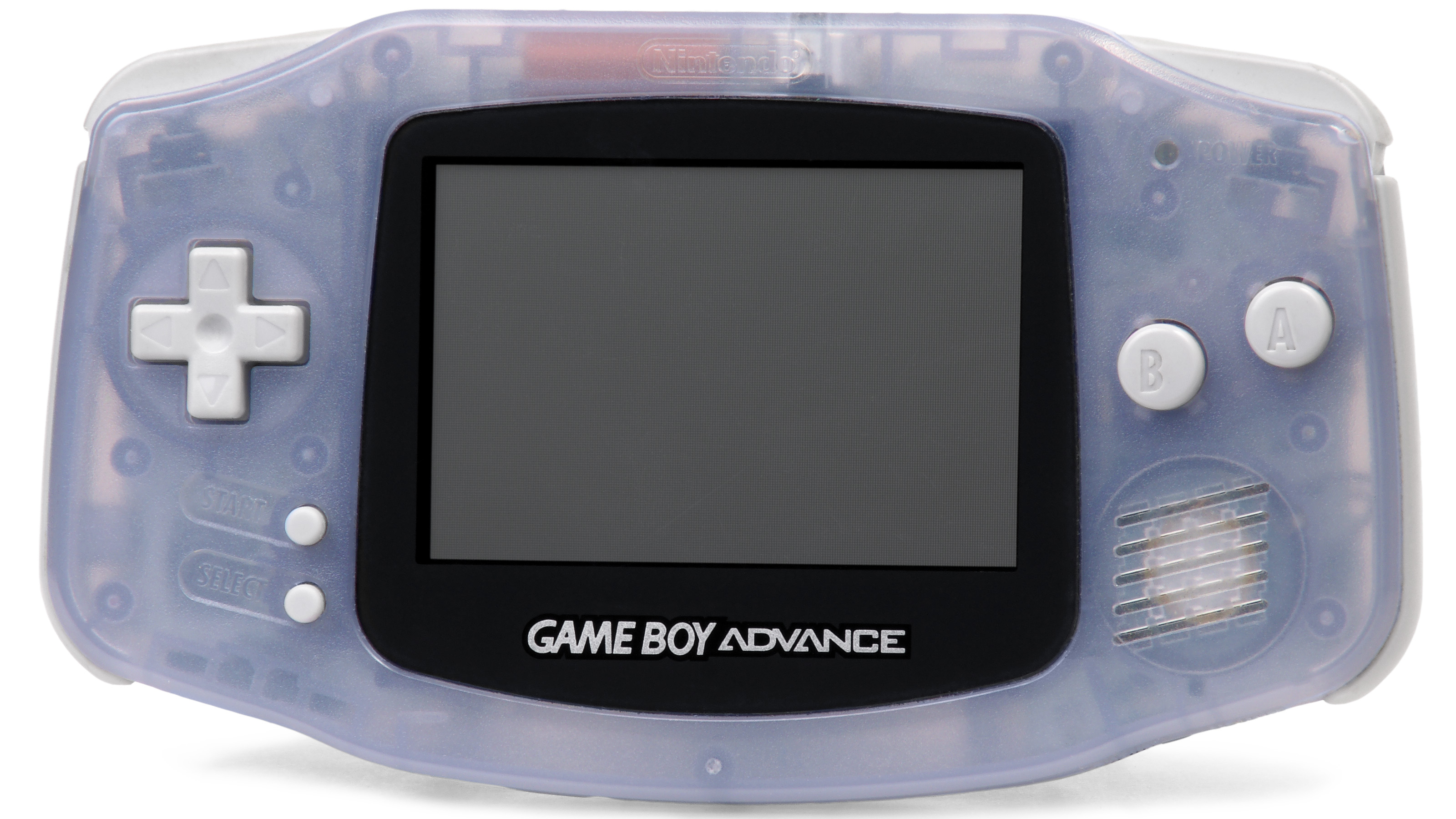
Game Boy Advance
Released: 2001
Sold: 81m
By the time the GBA was released, the original Game Boy handheld was an incredible 12 years old. With its new console, Nintendo decided to get rid of the portrait orientation and instead go for something in landscape.
Though there's no directly comparable home console in terms of power, it was the first handheld that could really handle SNES-era style games, such as the remastered version of Super Mario 2, giving the game a visual overhaul. It could even handle quasi-3D titles like Tony Hawks 2, which took the setting of the console title and presented it from a fixed, isometric perspective, or even first person shooters like Doom or film tie in Ecks vs Sever.
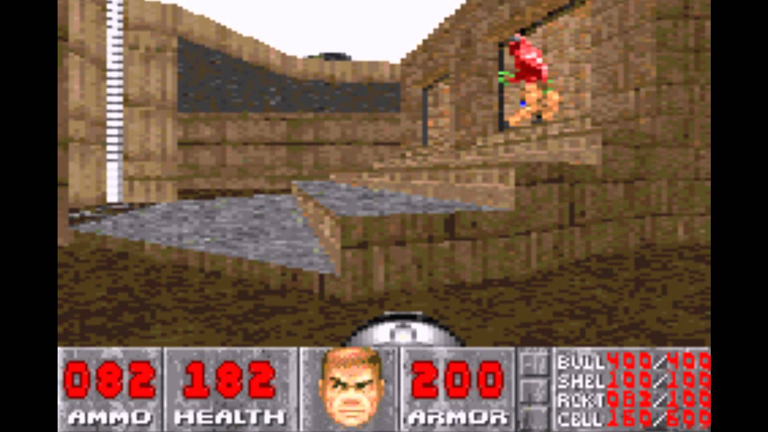
The GBA wasn't perfect, however - the screen was frustratingly dark, to the extent that gamers would create homebrew front-lights and squeeze them into the hardware.
This was remedied in 2003 with the launch of the GBA SP - which brought back the classic portrait shape, but added a hinge so it could be folded up. And even then, Nintendo wasn't done - in 2006 launching the tiny Game Boy Micro, which squeezed the GBA innards into a device not much larger than the palm of your hand.
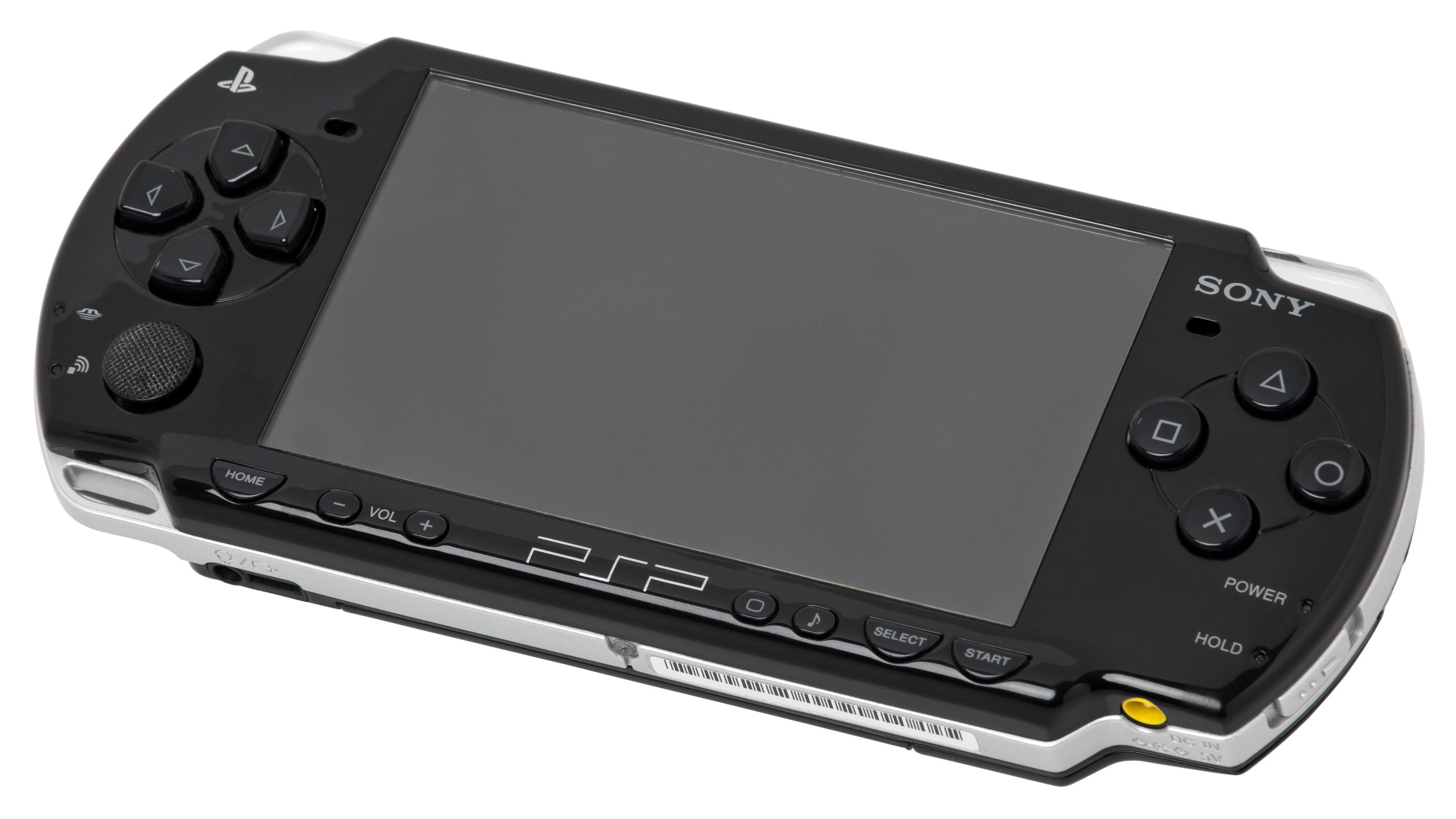
PlayStation Portable
Released: 2004
Sold: 82m
The PSP was a very lucky console - especially to sell so many. It arrived just before the dawn of smartphones, so adults still had a reason to want to buy a handheld console, and it was notably more powerful than the Nintendo DS with a larger screen and more terrible battery life.
What made it lucky was that, well, there simply weren't that many games available compared to other devices. Where it might have found an appeal though is later in life, as it was discovered to be an eminently hackable device, which bedroom coders were able to make play classic 16-bit and 8-bit games, and even some original PlayStation titles. While not strictly legal, this certainly gave some gamers an excuse to buy one.
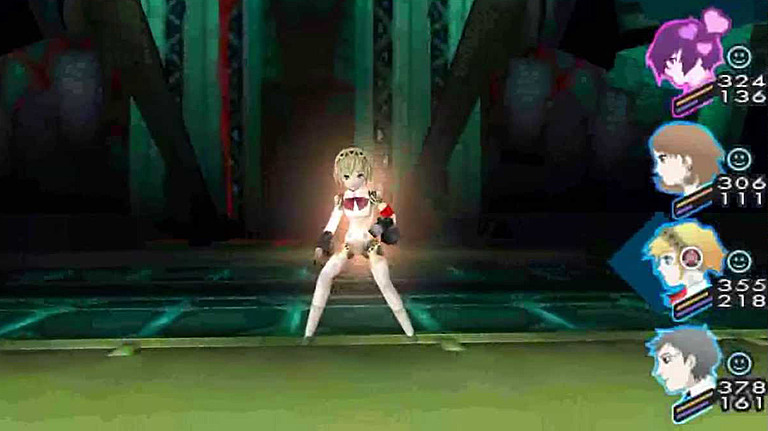
Perhaps most amusing about the PSP is the fact that Sony called the discs its games were stored on “Universal Media Discs”. These were optical discs stored in plastic casing, and Sony also hoped that people would use their PSP to watch films stored on these discs and that other home entertainment devices would support UMD too. Needless to say, UMD movies are now confined to landfill alongside HD-DVDs and Betamax of old. Even Sony gave up on them too - releasing a hardware revision called the “PSP Go”, which had a slide out screen and relied on digital downloads instead.
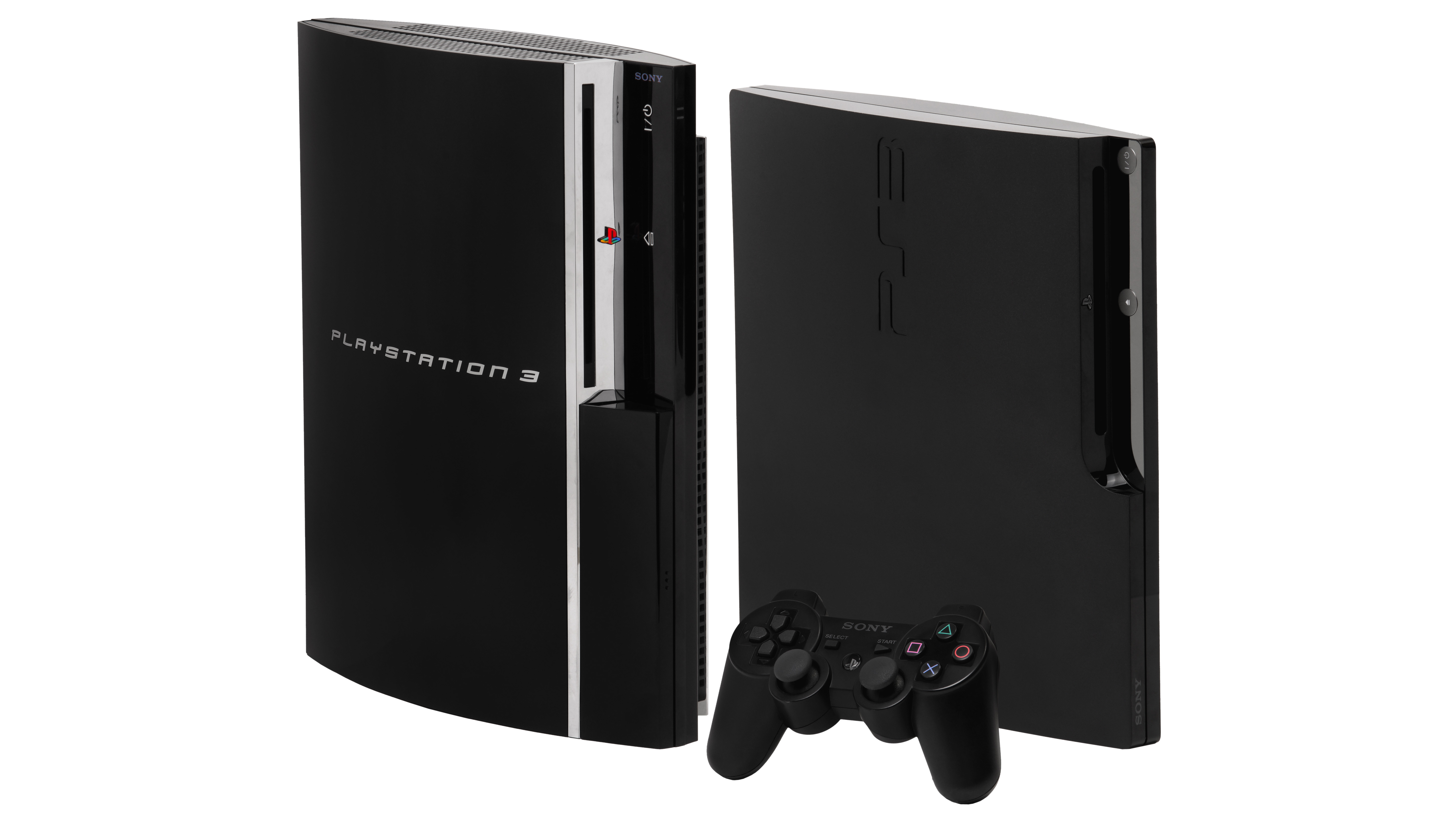
PlayStation 3
Released: 2006
Sold: 83.8m
Sony must have not wanted the previous generation to end with the PS2 riding so high (read on to find out just how successful it was). But alas, technology moved on so Sony had to respond. Microsoft beat it to market with the Xbox 360, and the PS3 was initially criticised for being hard to develop for… but Sony had one trick up its sleeve.
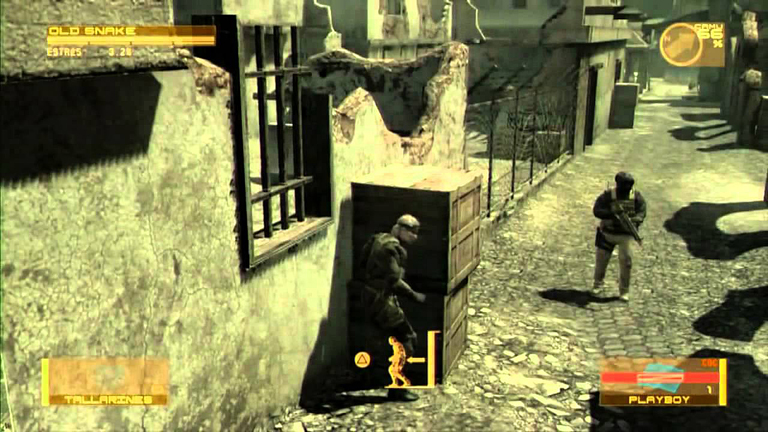
Following the PS1's pioneering use of CDs, and the PS2's pioneering use of DVDs, the PS3 was one of the first Blu-Ray players on the market - and one of the cheapest. This meant that there was an added appeal for gamers - they can watch HD films too - but also crossover appeal for consumers merely wanting a cheap Blu-Ray player.
This enabled the console to play catch-up, and in the end it drew incredibly close to it's Microsoft rival. This is largely due to success in Sony's home territory of Japan - where the Xbox 360 barely made a dent.
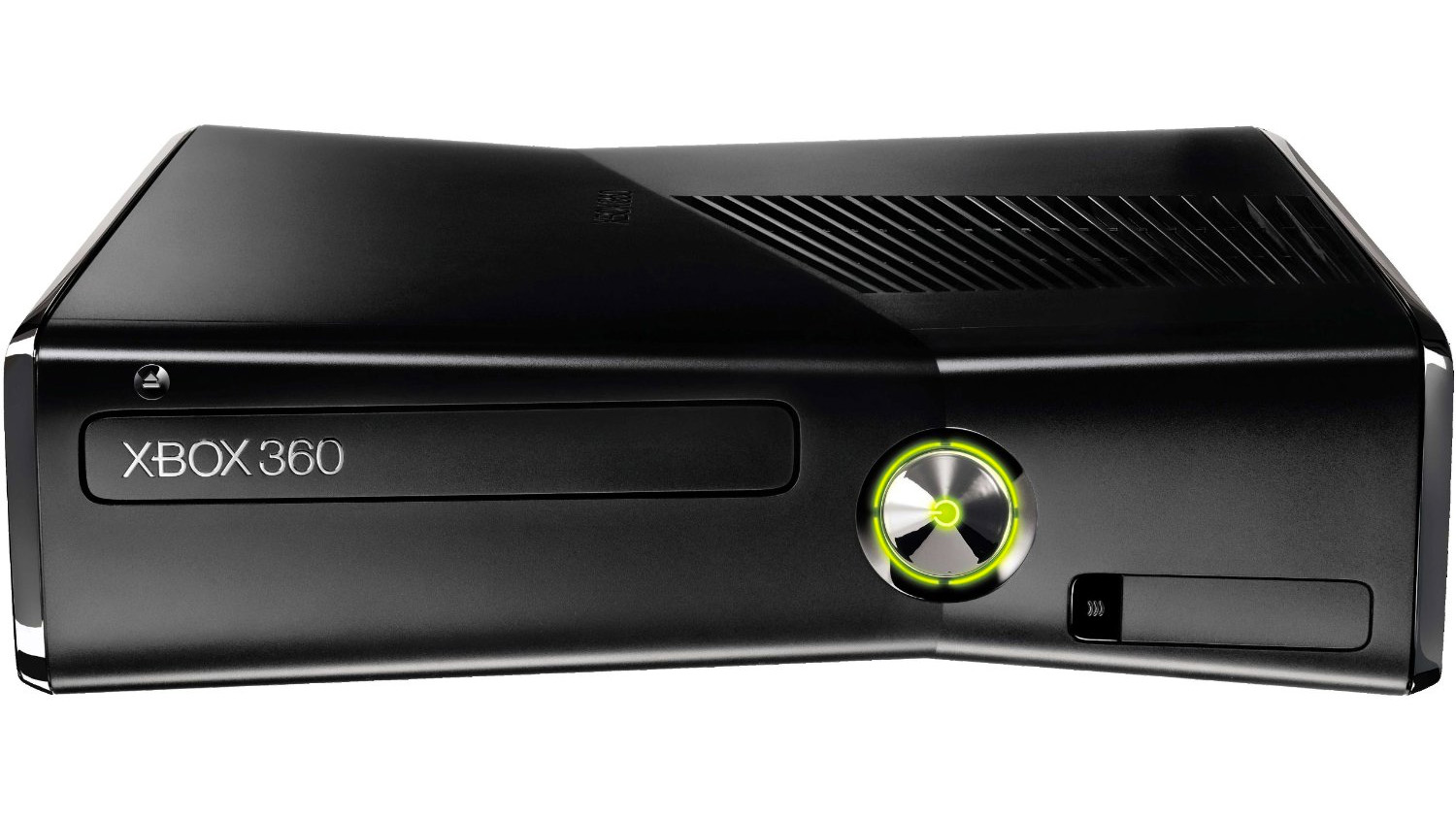
Xbox 360
Released: 2005
Sold: 84m
The original Xbox was released in 2001, as Microsoft's first foray into consoles. But just four years later it was already old news as the company replaced it with the 360 in late 2005. This follow-up had an extraordinary long life - with the production lines only shutting down a few months ago.
The original console introduced many things we now perceive as standard, such as a hard disc and internet connectivity - but it was the 360 which made these things essential to the modern gaming experience.
As you might imagine though, over the long life there were many different hardware configurations, from the “Arcade” package which didn't even include a hard disc, to the S model, which was smaller and contained 320GB of storage… to the most recent “E” model, which took its design cues from the Xbox One.
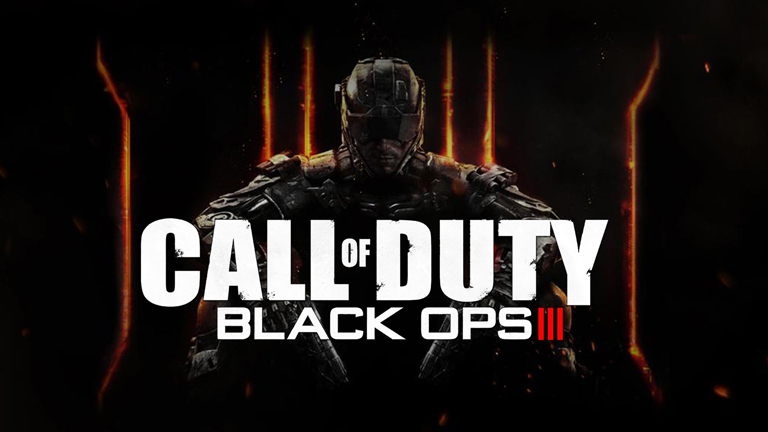
The only real misstep for the 360 was the Kinect - Microsoft's first doomed attempt to sell us on motion tracking cameras, which suffered from a high price and lack of support from third parties.
But what about the games? Over the console's life, it saw the premiere of many of gaming's biggest IPs - including Assassin's Creed, Bioshock, and Mass Effect. Frankly, it is impossible to imagine modern gaming without it.
But what's perhaps most remarkable is what developers were able to squeeze out of the console by the end. Compare the graphics on Call of Duty 2 - a launch title on the console - with the graphics on Call of Duty Black Ops 3, and despite running on the same hardware it is like they are from different eras.
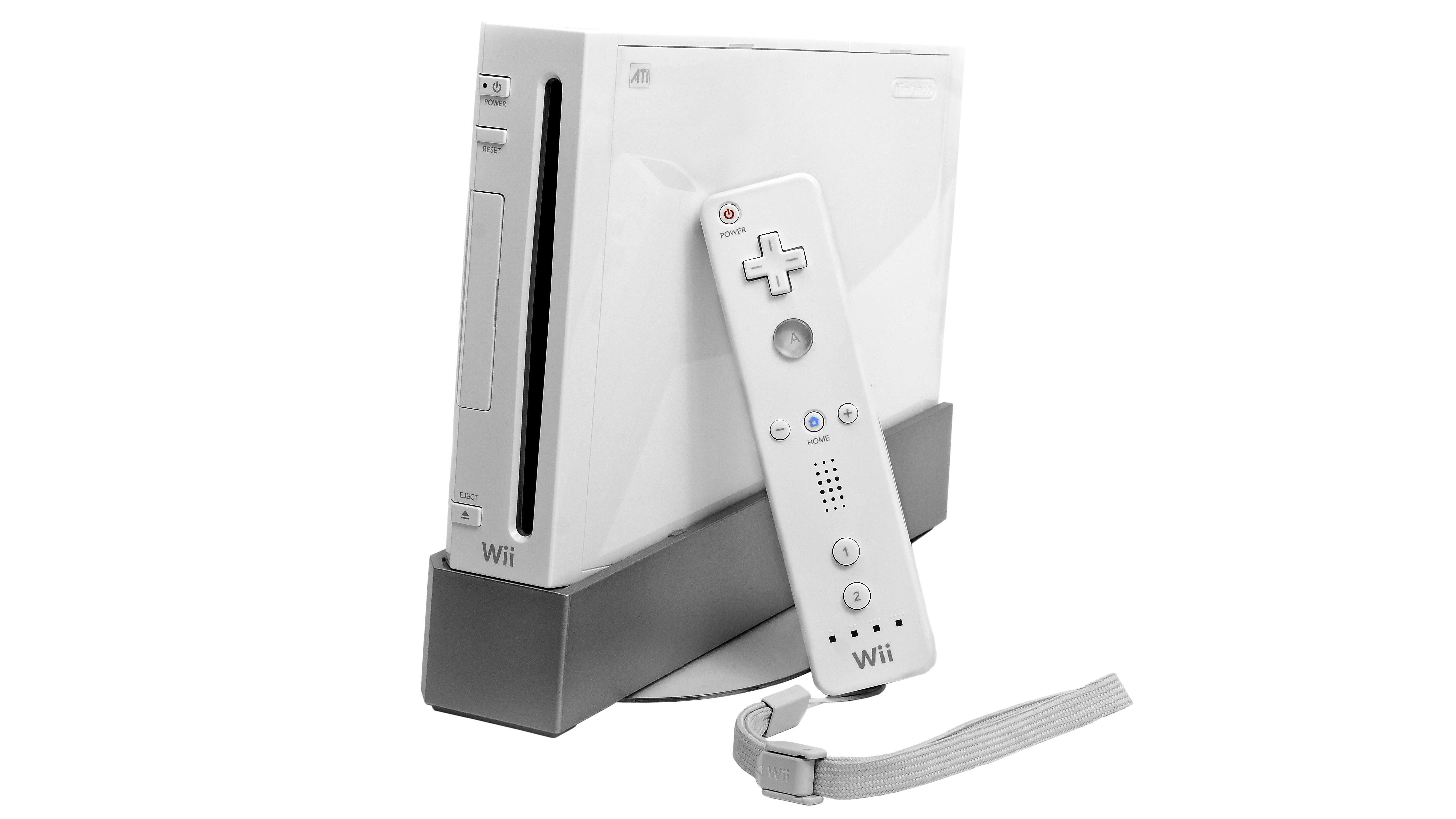
Nintendo Wii
Released: 2006
Sold: 101m
When Nintendo first announced the Wii, gamers were understandably sceptical. The controller… is just a TV remote? Motion controls? How will that work? And why did Nintendo have to pick - in typical Nintendo fashion - such a damn weird name?
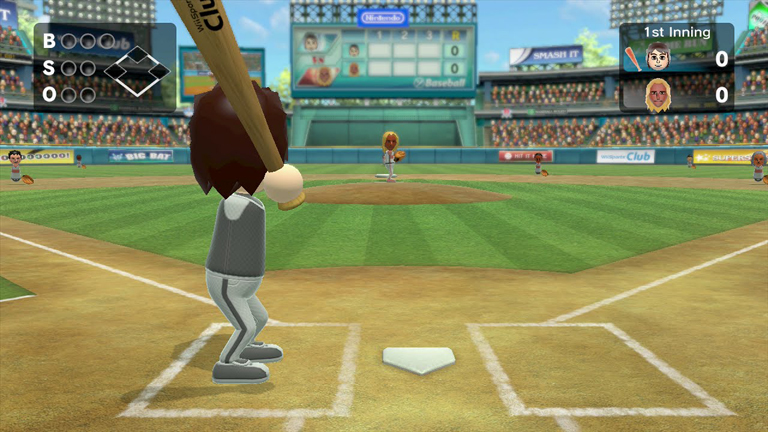
But then as soon as we had a go, we were won over. Smartly, prior to the console's launch Nintendo setup demo units in shops to win over sceptical consumers. It turns out that playing tennis by waving your arms as though you're actually playing tennis is really fun.
So for the start of its life, the Wii sold like hotcakes - and reached far beyond the typical gaming demographics. The Wii became a surprise hit in nursing homes worldwide.
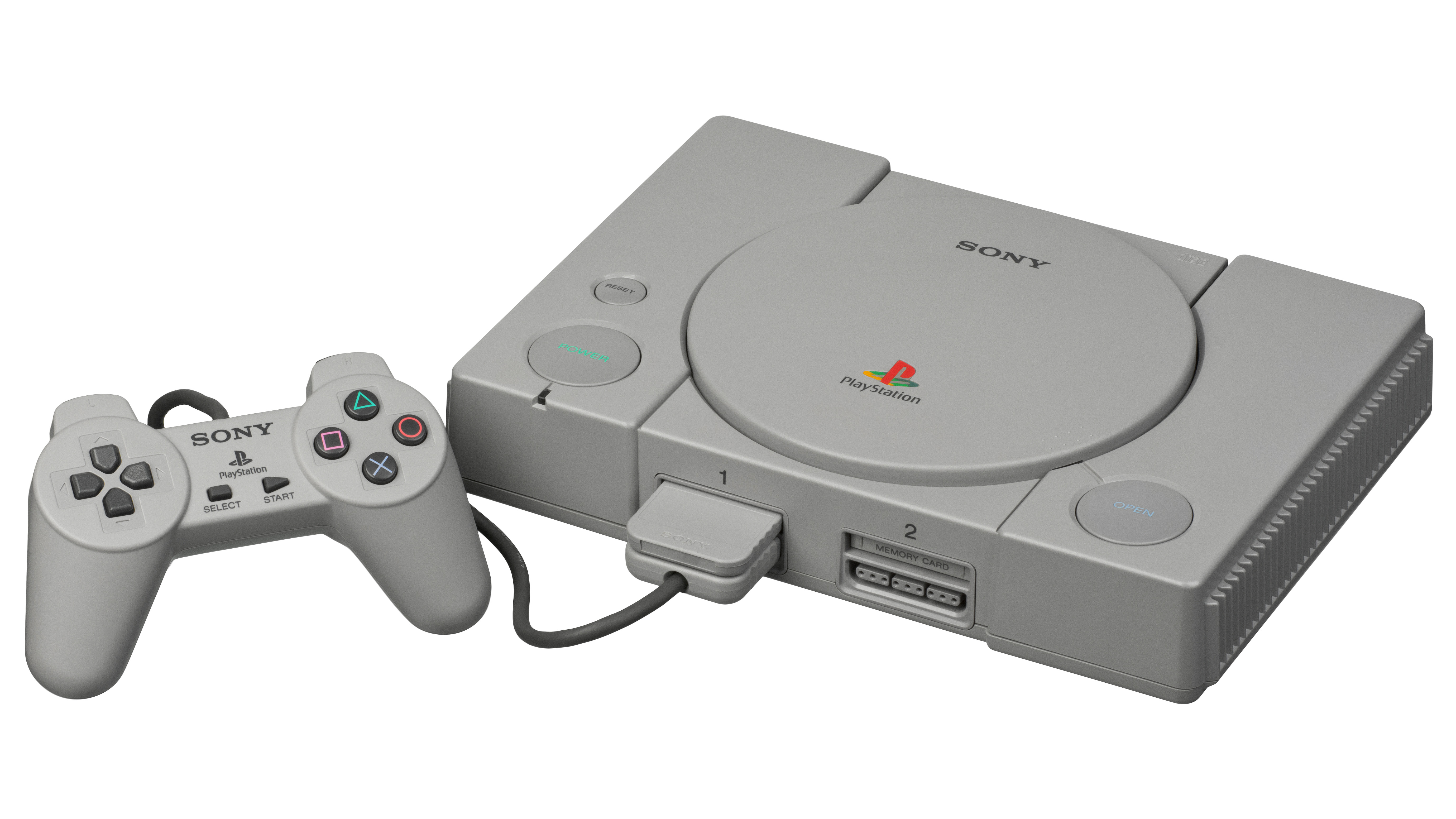
PlayStation
Released: 1994
Sold: 102m
The original PlayStation was born out of an attempted tie-up between Sony and Nintendo. Nintendo wanted a CD-drive for the SNES, to match Sega's MegaCD, but relations between the companies broke down when the two argued over who controls the platform. So Sony decided to go its own way instead.
It was with the PS1 - or PSX as we called it at the time - that Sony realised that gamers aren't just kids - so positioned the console towards older teenagers and adults. This is why some of the biggest games on the system were the likes of Tomb Raider, Metal Gear Solid and Gran Turismo - which were a long way from the cuddly worlds of Nintendo and Sega (though the PS1 did also introduce us to the much missed Crash Bandicoot too).
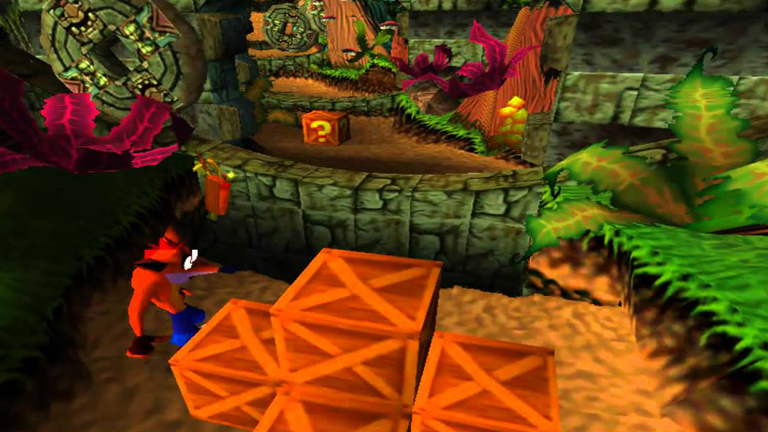
In hardware terms, the system was innovative for the time, as it used CDs rather than cartridges. This game an especially big advantage in terms of game music - which was suddenly no longer restricted to the bleeps and bloops that can be generated by microchips, but could be properly produced in a recording studio. One early hit to take advantage of this was futuristic space racer Wipeout, which was scored by some of the trendiest dance music producers of the time.
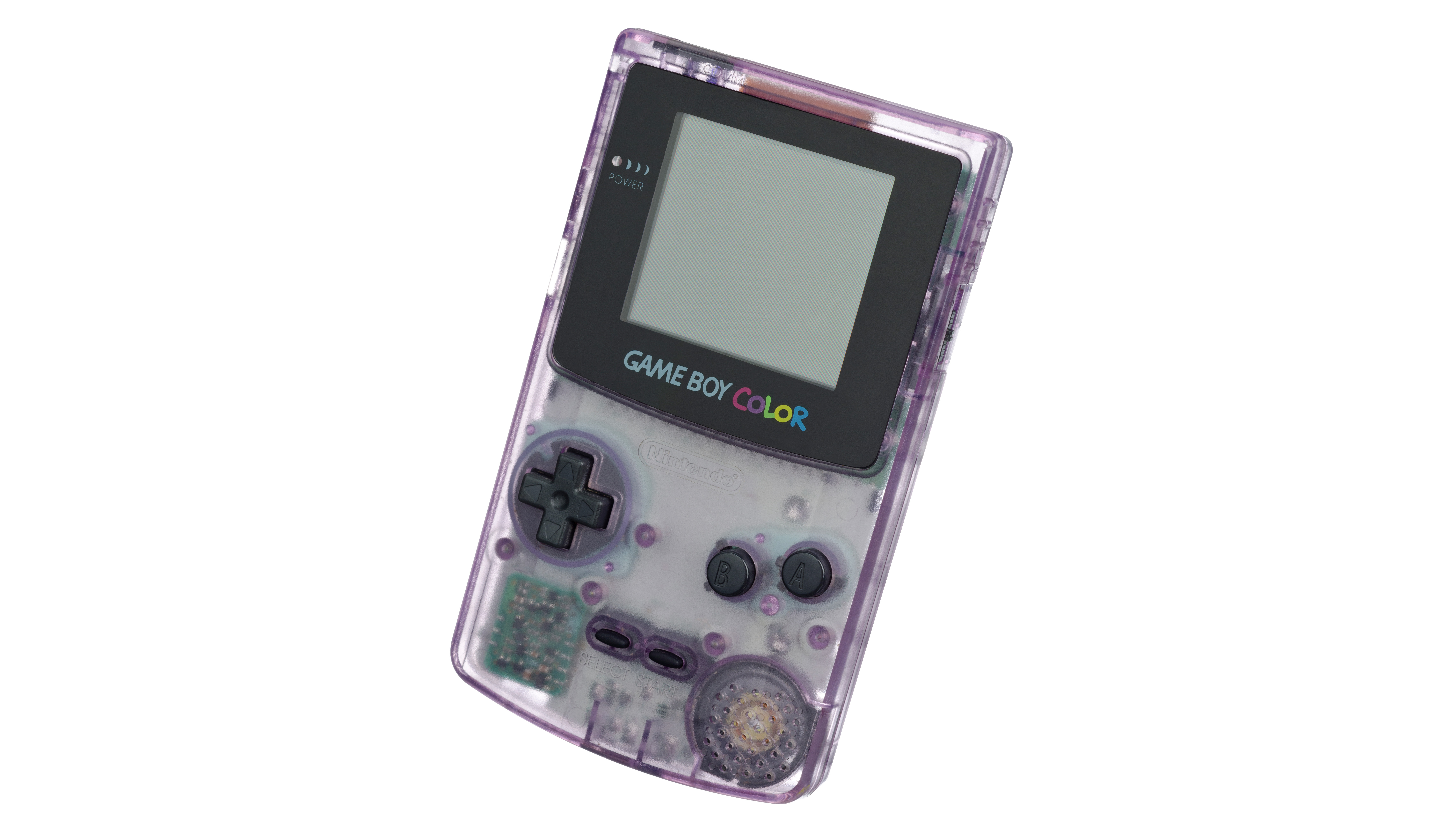
Game Boy / Game Boy Color
Released: 1989 and 1998
Sold: 118m
This is perhaps a controversial entry, as it lumps together two distinct pieces of hardware: The original Game Boy, released in 1989, and the Game Boy Color, released in 1998. While the GBC was back compatible, there were some games, such as Wario Land II and Pokémon Crystal, which were GBC-only. (It also lumps in the Game Boy Pocket, but given that was the same as the original handheld but squashed, that get's a pass). Annoyingly, Nintendo won't release separate figures. But taken together - or even individually, both were smash hits and utterly dominated handheld gaming for over a decade.
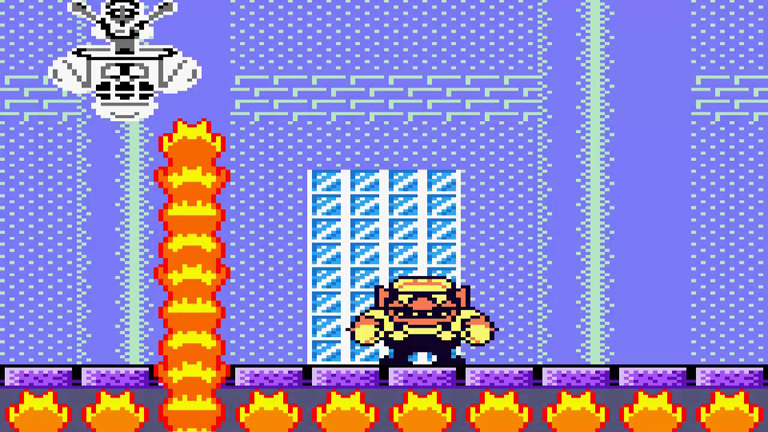
In addition to playing host to tonnes of pioneering and objectively great games, like Tetris, Pokémon and A Link to the Past, the Game Boy had one brilliantly weird accessory: The Game Boy Camera.
This was a digital camera before digital cameras were a thing, and let players take and store up to 20 four-colour photos. It also pre-empted the likes of Snapchat by letting you doodle on photos and post “stamps” of Nintendo characters on top - as well as let you put your face into a series of mini games. Throw in some brilliantly weird animations and a whole separate Game Boy Printer accessory to print photos out and you had a truly bizarre hit product.

Nintendo DS
Released: 2004
Sold: 154m
Say what you will about Nintendo, but it doesn't simply do the bare minimum. Sure, it could have followed up the wildly successful Game Boy with another, slightly more powerful device, but instead it decided to strap two screens together, add a touchscreen (which was unusual at the time) and hope for the best. And amazingly, the bet paid off even though it was up against the much sleeker PSP.

This success was perhaps partially down to an early, slightly weird hit. Just as Wii Sports had introduced a new audience to the Wii, the DS had Brain Training - a pseudo-scientific set of exercises that would supposedly improve your mind. But frankly, most hardcore gamers were probably busy playing the faithful port of Super Mario 64, which had been shrunk down for the system.
Over its lifetime, the DS has also been through not just a number of hardware divisions, but hardware upgrades too. The DSi made the console more powerful and added a camera, and the 3DS added a whole extra dimension to the screen at the top - with mixed results.

PlayStation 2
Released: 2000
Sold: More than 155m
And at number one? What else than the PS2, which utterly dominated its generation of console gaming. Over its 12 year lifespan, it managed to vanquish all of its rivals: The Dreamcast from Sega, the Xbox from Microsoft and the Gamecube from Nintendo, all of which had paltry market shares in comparison with Sony's beast.
Like the PS3 used Blu-Ray to its marketing advantage, the PS2 was one of the first consumer devices available that could play DVDs - handily doubling the functionality of the console.

Perhaps the breakout star of the PS2 era was the Grand Theft Auto series, which with the third installment went 3D for the first time and singlehandedly invented the sandbox game. But the console was also home to a number of other memorable games, such as Ratchet and Clank, Silent Hill 2 (widely regarded as the best in the series), Devil May Cry, God of War, Guitar Hero and Kingdom Hearts.
Ultimately though, the PS2 was just a great machine, with a huge library of games. There was something for everyone on the console - which is perhaps why it was so successful.
Get all the latest news, reviews, deals and buying guides on gorgeous tech, home and active products from the T3 experts